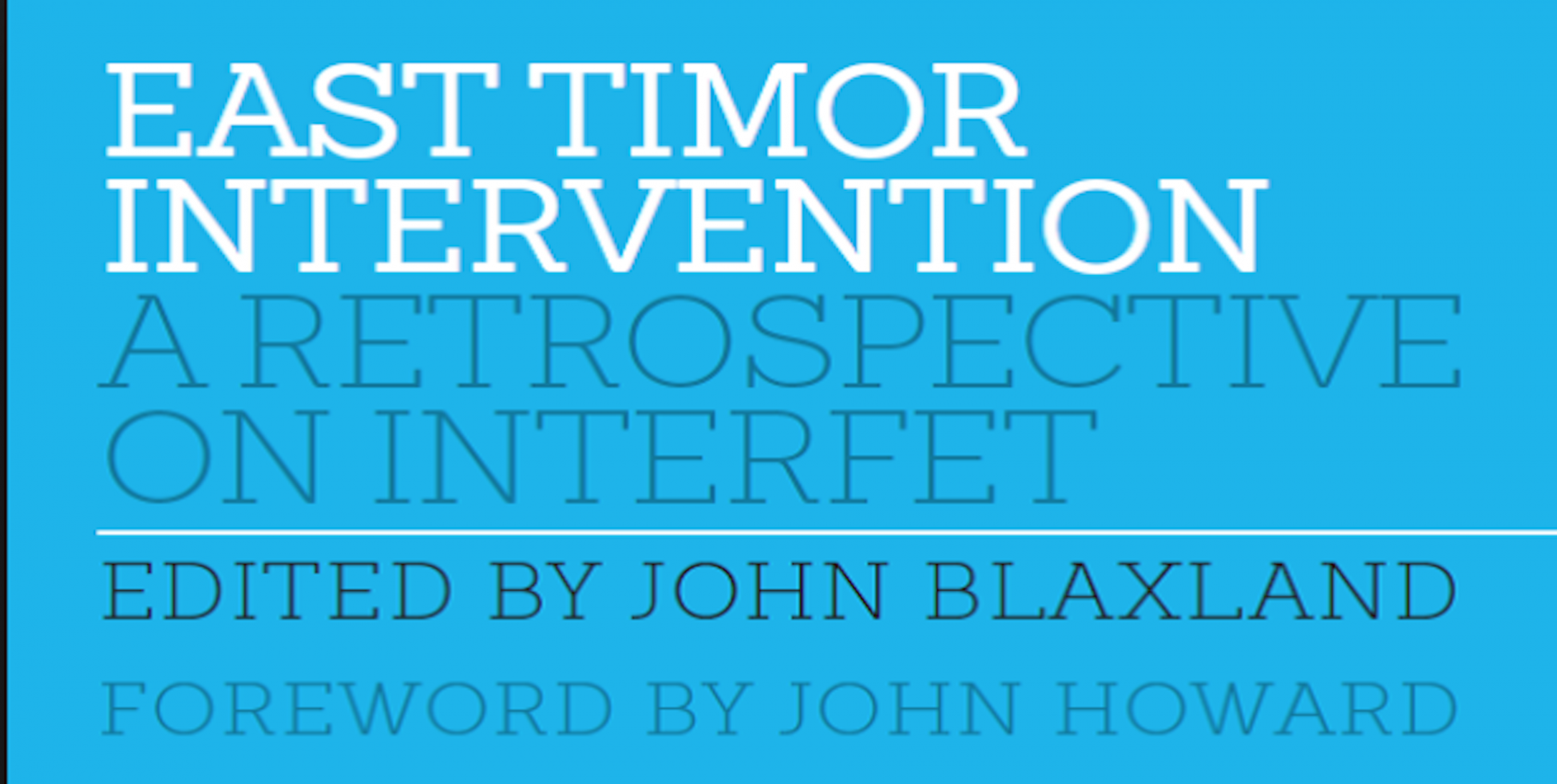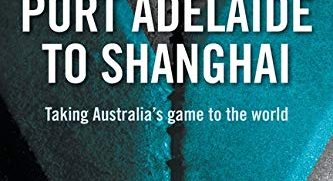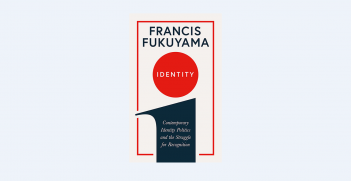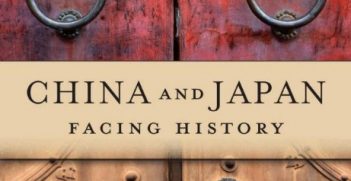Reading Room: East Timor Intervention

East Timor Intervention: A Retrospective on INTERFET, edited by John Blaxland, is an exemplary piece of work and recommended reading for anyone interested in East Timor or peacekeeping.
Although there have been previous works assessing the events leading up to, during and after East Timor’s vote for independence, none have managed to bring together as many diverse sources as Blaxland has. This book contains 21 contributions from an exceptionally qualified field of authors. Most of the authors were intimately involved in INTERFET and each offers rich insights into the operation.
The Australian authors represent both the policymaking and military perspectives. The senior military aspect is especially well represented with chapters by Chris Barrie, the then chief of the defence force and Peter Cosgrove, the commander of INTERFET. The accounts of Barrie and Cosgrove build a picture of the key decisions that shaped one of Australia’s most significant modern military operations.
INTERFET was Australia’s largest military deployment since the Vietnam War. It was moreover unique in the respect that Australia played a leading role. Subsequently, it is intriguing to examine how Australia conducted itself in such an important military operation it tried so hard to avoid. Although INTERFET is broadly portrayed as a success, several sections of the book also raise the question as to whether that was due to good planning or good fortune.
International perspectives are discussed in chapters on the involvement of Indonesia (Kiki Syahnakri and Gary Hogan), New Zealand (Kevin Burnett), Thailand (Surasit Thanadtang) and the Philippines (Orlando Ambrocio). Xanana Gusmao and Joanne Wallis present the local East Timorese perspective.
Some readers may find the book to be too focused on military aspects of the crisis at the expesne of other angles. Indeed, it could have been a more comprehensive collection with contributions from the non-government sector. Since INTERFET was substantially borne out of a humanitarian crisis, it would be interesting and beneficial to specifically address the relief work.
In general, militaries worldwide consistently review strategies and tactics after operations but the aid community has had less success in identifying lessons. Some chapters briefly mention the efforts of NGOs (both positive and negative) but it would have been useful to have their perspective explored in a stand-alone chapter.
Another aspect which would have benefited from further interrogation is the Indonesian experience of INTERFET. Kiki Syahnakri’s chapter provides an understanding of the Indonesian military perspective, but it pales in comparison to the varied and detailed contributions from Australian officers. Indonesian political and military elements are not a unitary force and it would have been enlightening to hear from a wider selection of Indonesian actors.
Overall, this book provides exceptional insights into INTERFET, especially with its exhaustive assessment of the military elements of the operation. However, there is perhaps still scope for a body of work which brings together the military scholarship collated by Blaxland with the efforts of the non-governmental community. Similarly, future research expanding upon the role of Indonesia forces will further enrich the existing scholarship.
John Blaxland, ed., East Timor Intervention: A Retrospective on INTERFET, Melbourne University Press, 2015.
Jaidan Stevens has a Master of Strategic Studies from ANU and has lived and worked in Malaysia, Indonesia and Singapore.





